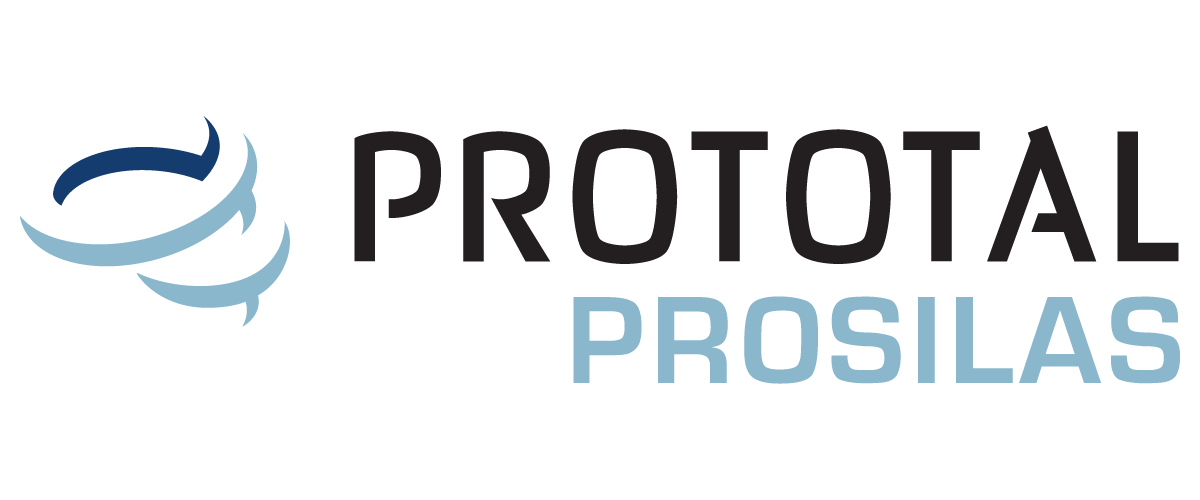An Overview of the Three-Dimensional Representation for 3D Printing
Today, we delve into the analysis of the STL file extension and its crucial role in the realm of additive manufacturing. If you are interested in the world of 3D printing, you are likely already familiar with this extension and its unique characteristics.

STL file
Essentially, the STL file represents a three-dimensional geometry through a combination of triangles arranged in three-dimensional space. This representation simplifies more or less complex surfaces, modeled using CAD software, into a series of planar triangles described by the Cartesian coordinates of their vertices.
The primary reason for the widespread use of the STL fileformat in the field of additive manufacturing lies in its ability to translate the language of CAD software, which is based on mathematical functions, into a format understandable by all 3D printing technologies on the market (SLS, SLA, FDM, etc.). This simplified format is based on a three-dimensional coordinate system, which represents a more accessible and immediate language for different printing technologies.
Export of STL file
We often encounter the receipt of files with different extensions, such as .iges or .step, or even proprietary files from modeling software, each with specific characteristics. However, in order to materialize them through 3D printing, they need to be transformed into the STL file format. This conversion process simplifies the 3D models but may involve some modifications, such as approximating cylindrical or spherical parts and the presence of facets that do not accurately reflect the originally designed surfaces.

Example of 3D modelled file

Example of correctly exported file in STL with good resolution

Example of file exported in STL with incorrect resolution. Note the inside of the hole that has lost its initial sphericity.
STL file resolution
It is directly related to the number and size of the triangles that make up the model. A large number of triangles implies a higher resolution.
However, it is important to emphasise that a large file size does not necessarily mean significant advantages. Rather, it is preferable to adapt the size of the triangles to the printing resolution of the machine used. For example, our SLS machines operate with a resolution of about 5 hundredths of a millimetre. Therefore, it is vital to have a correctly adapted .STL file in order to guarantee optimum surface resolution.



